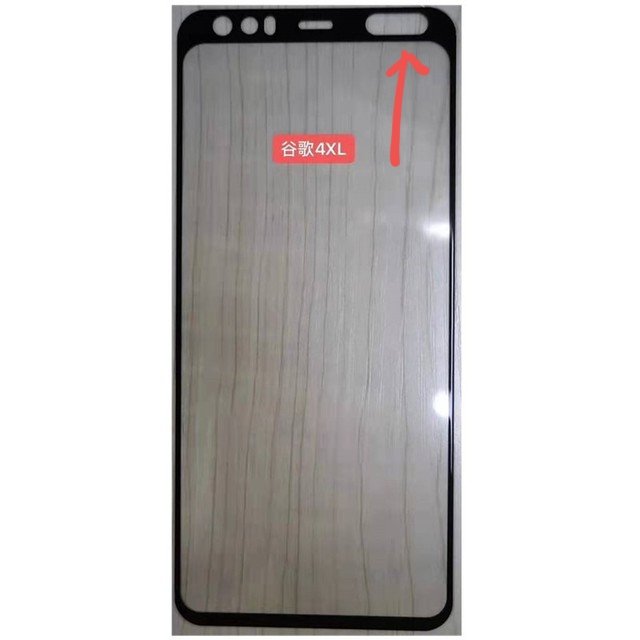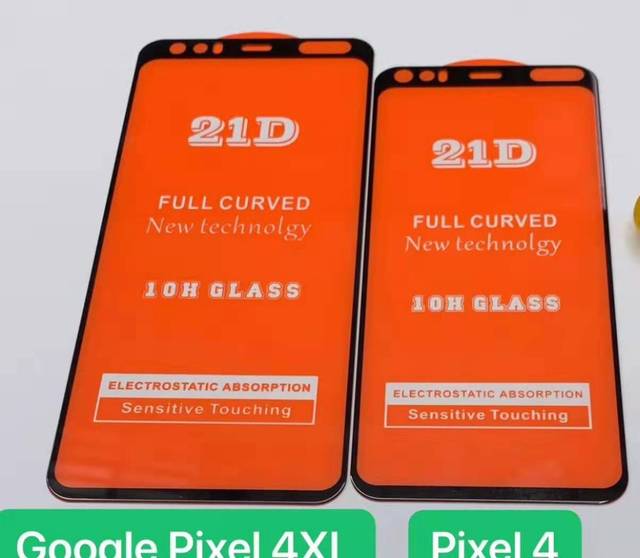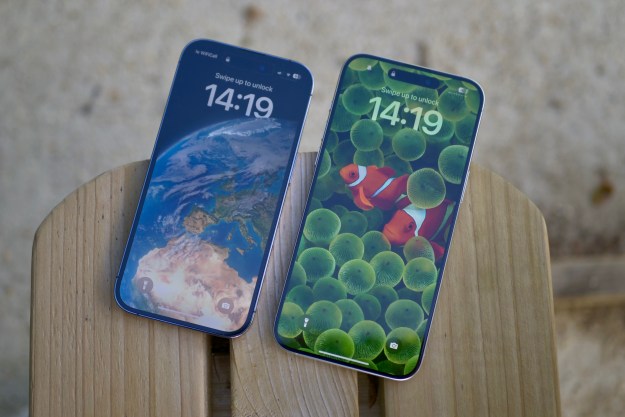The rumor mill is busy churning out leaks, rumors, and renders of Google’s next expected phone, the Pixel 4. Google stoked those rumors by posting some official renders itself, but it’s remained tight-lipped about the front of the device, and we haven’t seen many leaks that mention the front of the device. That is, until now. Leaker Ice Universe has shared images of screen protectors he claims are intended for the Pixel 4.
The images show the screen protectors have fairly slim bezels to the left, right, and bottom of the display, with a heavier bezel at the top — matching an earlier statement from a photographer who spotted a possible Pixel 4 out in the wild. While that bezel may be decried as a crime by some, it’s seemingly packed to the brim with tech. There’s the central earpiece speaker, and a number of cutouts in the top-left which may be for two selfie camera lenses and a flash unit.
But it’s the oval-shaped cutout to the right that interests us. This space could be for the facial recognition technology Google is rumored to be including in its next phone. It’s rumored this technology will be based on Google’s Project Soli, which was recently approved for use by the U.S.’s FCC. Project Soli is expected to use radar waves to detect various gestures, and could even be used to detect faces in 3D space — much like the Face ID TrueDepth cameras found on Apple’s iPhone XS. But Soli could go one step further, and could be used in a similar way to Air Gestures in the LG G8 ThinQ — so you could, for example, turn an invisible knob to change volume, or slide your finger in the air to scroll down a screen. We found the gimmick to be, well, a gimmick in the LG G8 ThinQ, so Google certainly has its work cut out for it if this is a track it’s interested in following.
Of course, these leaks may turn out to be based on features that don’t ultimately end up in the phone, so don’t be surprised if the Pixel 4 is revealed and the Project Soli chip is missing. We expect to see the
Editors' Recommendations
- iPhone SE 4: news, rumored price, release date, and more
- Google is going to change Pixel phones forever, and I can’t wait
- We have some bad news about the Google Pixel 9
- 5 phones you should buy instead of the iPhone 15 Pro
- Hands-on with the Belkin iPhone Mount with MagSafe for Apple TV 4K


